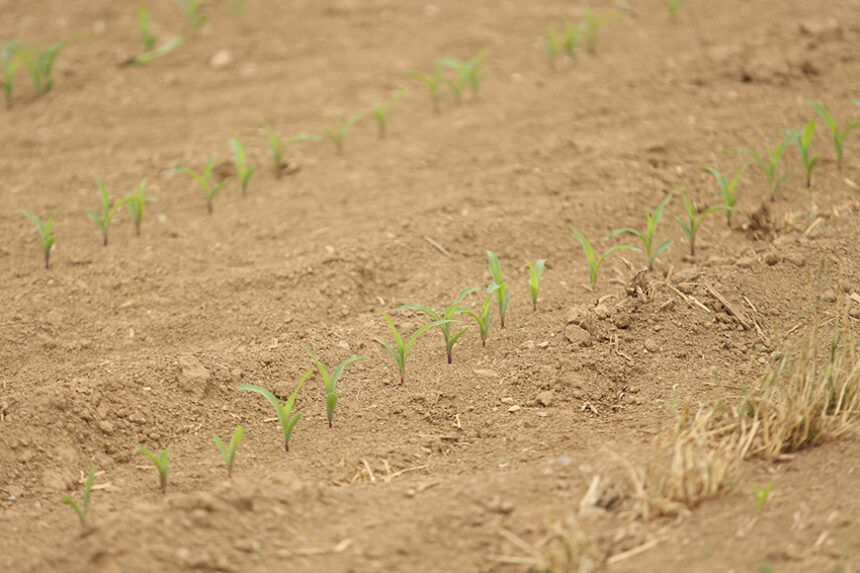Missouri says ‘goodbye’ to drought

ST. JOSEPH, Mo. (News-Press NOW) -- Over the past several years, Missouri has dealt with the ongoing impacts of persistent dry conditions.
From agricultural stress to fire risks and water supply concerns, the drought has touched nearly every corner of the state at some point. But after a waterlogged July, Missouri is finally seeing long-awaited relief.

The St. Joseph region received 6.10 inches of rainfall this month—well above the July average of 4.75 inches. This boost in precipitation has played a major role in easing drought conditions across northwestern Missouri.
Earlier this summer, dry conditions were concentrated near Kansas City, Holt County, and parts of far northeastern Missouri. However, recent widespread rain, including some flash flooding events, has saturated soils and helped replenish moisture levels across much of the state.
Zack Leasor is the Missouri state climatologist and assistant professor at the University of Missouri, expressed his excitement and relief to be drought-free.
"The last time we had no D0 through D4 coverage was actually June 7, 2022. And so we have ebbed and flowed and, and even last summer came really close to recovering fully, but we did not receive zero percent coverage officially," said Leasor.
This marks a notable change from last year, when Missouri hovered just short of being entirely drought-free around July. At the time, a sizable portion of the state’s southwest corner still struggled with severe dryness.
While the drought condition remains non-existent, further impacts of the summer heat could revert the state back into dry conditions.
The state climatologist continues to express the outlook on drought conditions over the next month,
"For the next month or so, it looks like the wetter-than-average conditions would be more likely to persist, kind of in these areas in northern Missouri," said Leasor.
Leasor added that the risk of drought over the next few weeks remains low; however, it only takes a few weeks in the summer heat to impact soil conditions.
For more updates and a county-by-county look at drought conditions, you can visit https://droughtmonitor.unl.edu/CurrentMap/StateDroughtMonitor.aspx?MO




